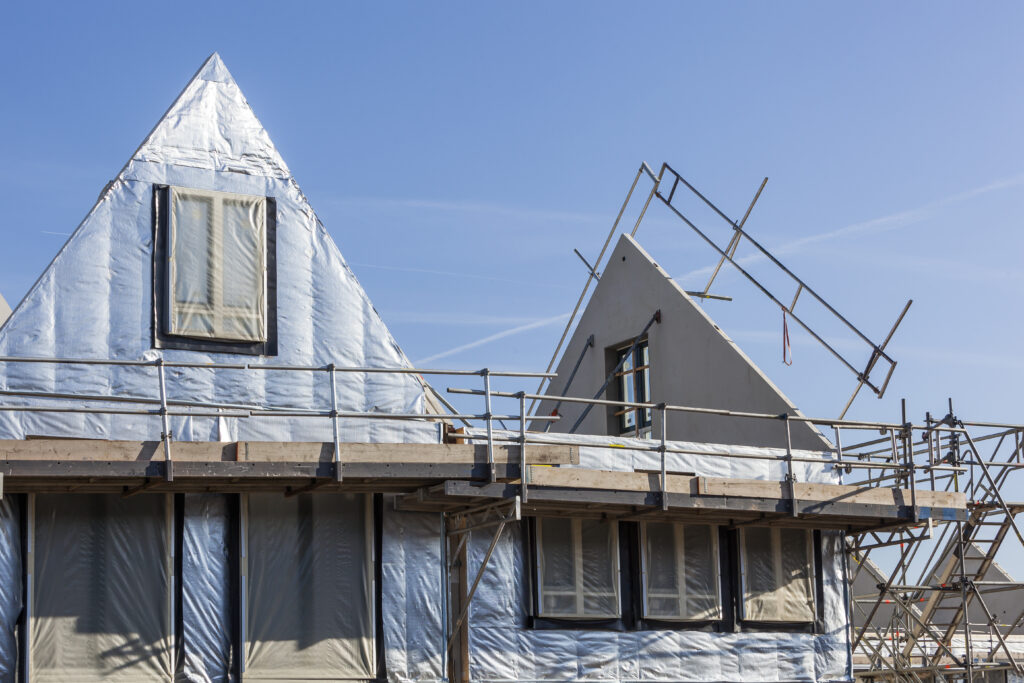Quality assurance from design phase to assembly
January 16, 2023Prefabricated housing concepts using concrete shells
The Netherlands faces a major building task. Whether that building task will be brought to fruition depends on the approach. Will the building sector succeed in switching to an industrial building method involving a high degree of standardisation? In light of the Building Quality Assurance Act (Wkb) that switch has a very positive effect on the building process. At the same time, the process of quality assurance is undergoing a big improvement in terms of efficiency.
The process of quality assurance at the building site is considerably simplified if the supplying industry already has its processes independently tested beforehand. If larger and more complete industrially produced units are delivered, a greater number of quality aspects can already be quality assured in the factory. The Wkb performance ladder previously reported by KOMO makes this process transparent.
KOMO certification
Quality assurance bodies are already setting their conditions to limit the effort required to provide assurance. One condition is that another body has already assessed the industrial process, the minimum requirement being that it is at the same level. This objective is on a par with that of KOMO certification. After all, anything pre-certified in the factory means a lightened workload for quality assurance bodies.
Quality assurance beforehand
In the field of concrete construction, Kiwa Nederland B.V. is developing Assessment Guideline 2840 for prefabricated housing concepts with concrete shell. Part 1, the basis for certification of the design, is now ready. Part 2, covering assembly of the housing units on the building site, will be published soon. A dwelling for example, that has been designed and assembled under KOMO certification, complies by definition with the building regulations.

Shifted burden of proof
With the arrival of the Wkb, the burden of proof in the Civil Code shifts to the builder. The builder becomes responsible for all activities during production and upon completion. Even in the years thereafter, the builder must be able to prove that the housing concept used complies with the building regulations and the requirements for correct assembly. The builder must be able to demonstrate and prove the actual building quality achieved – the as built quality – for each building project.
KiK templates
The KOMO Instrument for Quality Assurance (KiK) has been developed for dossier creation both by builder and quality assurance body. The basis of KiK, the KiK Tool software application, is available free of charge. The KiK Tool can be used to create templates for each housing concept. Once a project is completed, the templates can be adapted again to suit the next housing concept. They are designed to collect evidence, from design phase to assembly, in a structured manner. This gives the quality assurer all the information required in order to perform the work in a highly efficient way.
Linking KiK templates and KOMO certificates
KiK templates can be linked to KOMO certificates. The quality assurer can then see at a glance which aspects have already been assessed under the KOMO certificate and which aspects still need to be assessed for quality compliance. Therefore, the KOMO certificate consists of a risk management measure that allows the quality assurer to limit both the intensity of supervision and the associated costs.
Of course the question arises of whether or not this gives quality assurance bodies too little work. However, quality assurance expert Keimpe Stroop of gBOU. is not afraid of that. “There is enough work for quality assurance bodies. Moreover, working in accordance with the Wkb is kept affordable this way.”

